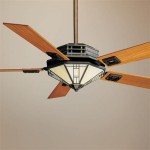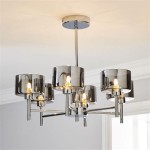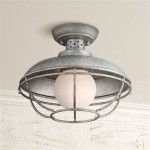Ceiling fans with no lights can be an efficient and stylish way to cool a room. A remote control can make operating a ceiling fan even easier. This guide will help you to choose a ceiling fan no lights remote control that will fit your needs and lifestyle.
Types of Ceiling Fan No Lights Remote Controls
There are several types of ceiling fan no lights remote controls available. Some are universal, meaning they can work with any ceiling fan, while others are designed to work with specific brands or models. The most common types of remote controls are:
- Standard Remote Controls – These are the most basic type of remote controls and usually feature on/off, fan speed and light controls.
- Wireless Remote Controls – These are more advanced than standard remote controls, and allow you to control the fan from anywhere in the room.
- Wi-Fi Enabled Remote Controls – These are the most advanced type of remote controls, and allow you to control the fan from any location, even from your smartphone or tablet.
- Voice-Activated Remote Controls – These are the newest type of remote controls and allow you to control the fan with your voice.
Features to Consider When Choosing a Ceiling Fan No Lights Remote Control
When choosing a ceiling fan no lights remote control, there are several features to consider. These include:
- Range – The range of the remote control determines how far away you can control the fan. The longer the range, the better.
- Battery Life – This is important if you plan on using the remote control regularly. Look for a remote control with a long battery life.
- Programmable Settings – Some remote controls allow for custom settings and features, such as timer settings and fan speed settings.
- Compatibility – Make sure the remote control is compatible with your ceiling fan. Many remote controls are universal, but some are designed to work with specific brands or models.
Conclusion
A ceiling fan no lights remote control can be a great way to make your life easier. There are several types of remote controls available, each with their own features and benefits. When choosing a remote control, consider the range, battery life, programmable settings, and compatibility to ensure you choose the right one for your needs.















Related Posts








